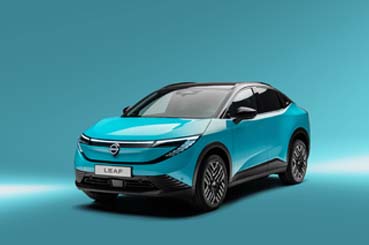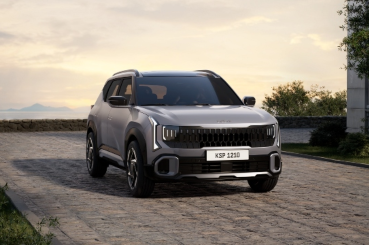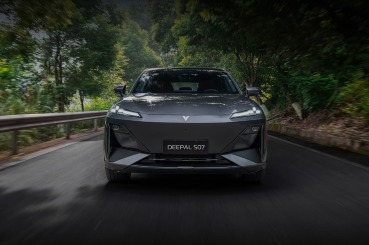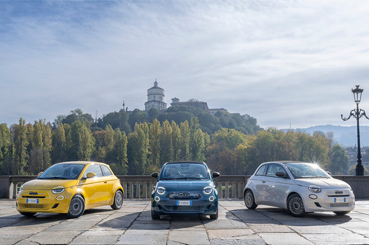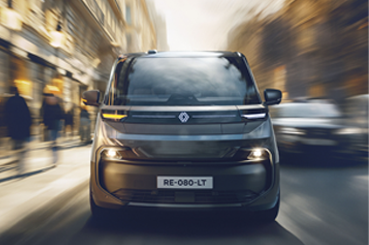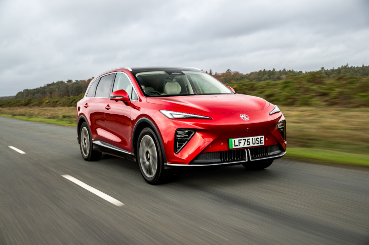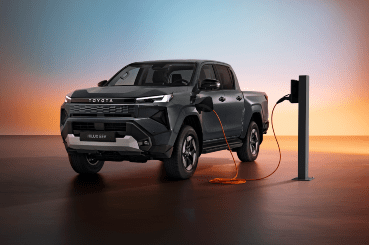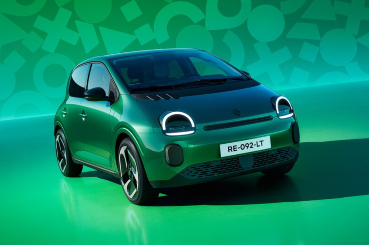Back in 2021, the UK Government announced that a new strategy would be introduced for the UK to become utterly net-zero by 2050.
The new plan outlined measures to transition to a greener and more sustainable future – consisting of commitments, investment and legislation across the economy. The government pledges that “every place in the UK” will have its own net-zero-emission transport network before 2050.
Rishi Sunak Pushed Back the 2030 Ban to 2035
On the 20th of September 2023, Rishi Sunak pushed back the 2030 deadline to end the sale of new and petrol and diesel cars and vans to 2035.
Sunak affirmed his belief that, due to advancements in technology, the majority of vehicles will still be electric by 2030. He emphasized the need for a more practical approach that balances economic growth and environmental protection. His announcement sparked discussions among politicians, environmental activists, and car manufacturers.
Keir Starmer’s Government maintains the 2023 Timeline
Since taking office, the Starmer government has reviewed the UK’s net-zero strategies and decided to maintain the 2035 timeline for phasing out new petrol and diesel vehicles. This decision provides continuity for manufacturers and consumers while still working toward the UK’s ultimate goal of net-zero emissions by 2050.
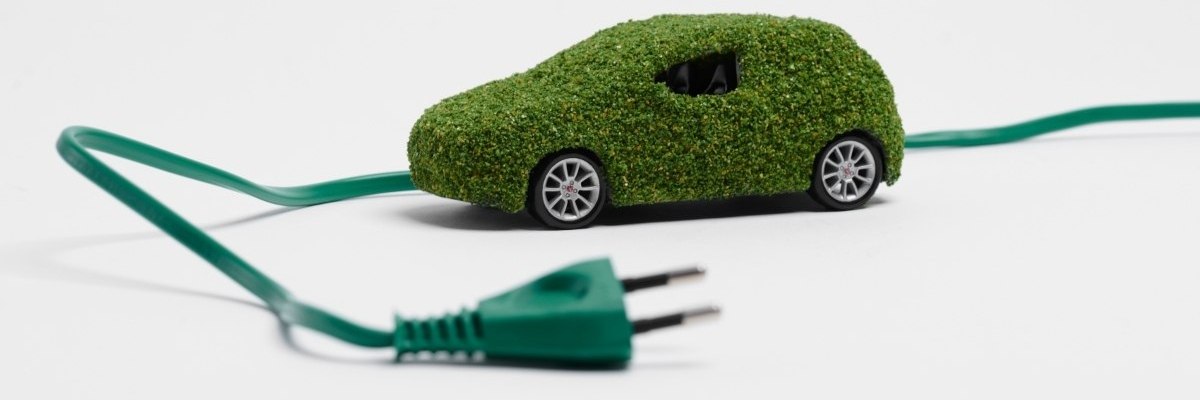
To list a few, the key commitments declared by the Government stated:
- End the sale of new petrol and diesel cars and vans from 2035; from 2035, all new cars and vans must be zero-emission at the tailpipe.
- Introduce a zero-emission vehicle mandate setting targets for a percentage of manufacturers’ new car and van sales to be zero-emission each year from 2024.
- Ensure the UK’s charging infrastructure network is reliable, accessible, and meets the demands of all motorists. Later this year, we will publish an EV infrastructure strategy, setting out our vision for infrastructure rollout, and roles for the public and private sectors in achieving it.
- Building on the £1.9 billion from Spending Review 2020, the Government has committed an additional £620 million to support the transition to electric vehicles. The funding will support the rollout of charging infrastructure, with a particular focus on local on-street residential charging and targeted plug-in vehicle grants.
- Build a globally competitive zero-emission vehicle supply chain and ensure our automotive sector is at the forefront of the transition to net zero.
- Lead by example with 25% of the government car fleet ultra-low emission by December 2022 and all the government car and van fleets zero emission by 2027.
A Deeper Look:
It is a lot to take in, but we’re here to make things easier – so let’s explain the main matters that may affect you as a driver and car buyer.
Firstly, the government will contribute £620 million in aid of EV grants to car production and infrastructure such as charging points more accessible. Ensuring drivers can access EV charging points easier will definitely be a more appealing part of the process, further encouraging the changeover for UK motorists.
A significant change mentioned is the type of cars manufacturers will have to produce. The government is providing a £350 million boost to support electrifying the UK’s vehicles and supply chains, whilst previously announcing a ban on the sale of all new non-zero-emission cars (ZEV) from 2035 onwards.
This represents a key policy shift under the Keir Starmer government, extending the previous 2030 deadline by five years. There will be the exception of a limited amount of hybrids; however, further details are to be announced which brands and models will fall into this category. To encourage manufacturers to get on board, if these targets are met, they will receive credits that could be used to reduce car prices
The new ZEV mandate will speed up this transition by forcing car firms to make EVs account for a significant part of their fleet. On the one hand, this means the production of combustion engine cars will have to stop by 2035; despite this, consumers could see a benefit from an increased amount of choices between electric and hybrid cars, and now have additional time to prepare for the transition.
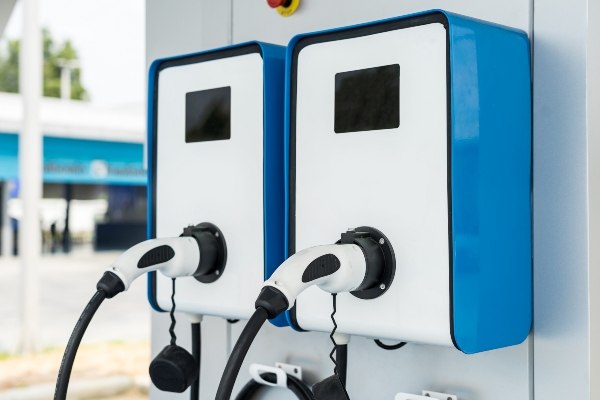
What cars qualify as zero-emission vehicle, and what will happen to your existing car?
The cars that do not emit tailpipe emissions and don’t use fossil fuels – are ZEVs.
This revised strategy, however, could still see a gradual decrease in the production of spare parts for regular combustion engines, so any motorist who hasn’t purchased an EV or hybrid vehicle may eventually find repairs more expensive than ever before – enforcing the importance of planning for the changeover to an electrified car, albeit with a more generous timeline.
More details are expected as the Starmer government further develops its climate policies, but the crucial takeaway from this information is that while the timeline has been extended, the direction of travel remains clear. UK motorists now have until 2035 to make the transition, giving more time to contribute to the global efforts of being more eco-friendly while allowing the market and infrastructure to mature.
Read more about hybrid and electric cars on the links below:


